Introduction
The culinary world thrives on innovation, blending traditions with modern techniques to create dishes that tantalize the palate and tell stories. One such fusion is the preparation of mussels cooked in Chinese Baijiu, a spirit deeply rooted in Chinese culture. This dish harmonizes the briny sweetness of mussels with the robust, aromatic notes of Baijiu, resulting in a meal that is both comforting and exotic. In this comprehensive guide, we will explore the history of Baijiu, the nuances of selecting and preparing mussels, and the step-by-step process to elevate this seafood delicacy into a gourmet experience. Whether you are a seasoned chef or a home cook eager to experiment, this article will equip you with the knowledge to create a dish that marries East and West.
The Essence of Baijiu
Baijiu, often dubbed the “national spirit” of China, is a clear liquor distilled from grains like sorghum, rice, or wheat. Its history dates back over a millennium, with archaeological evidence suggesting its existence during the Tang Dynasty (618–907 CE). Unlike Western spirits, Baijiu is categorized by its aroma type, with flavors ranging from light and floral to intense and savory. The most renowned varieties include Maotai (a strong, earthy spirit from Guizhou) and Jiangxiaobai (a lighter, more approachable option). When cooking with Baijiu, the choice of aroma type is pivotal—strong-flavored Baijiu imparts a bold character, while lighter variants offer subtle complexity without overpowering the dish.
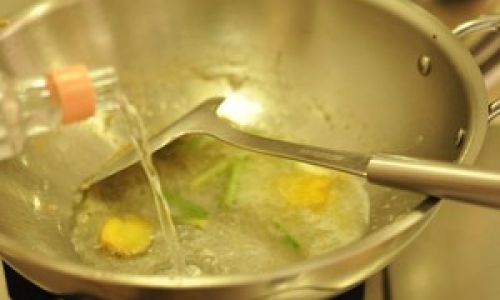
Selecting the Perfect Mussels
The foundation of any great mussel dish lies in the quality of the shellfish. Fresh mussels should be tightly closed, with shells free of cracks or chips. When gently tapped, live mussels will close shut; discard any that remain open or have a pungent, fishy odor. Farmed mussels, often cultivated on ropes in cold, clean waters, are a sustainable choice and require minimal cleaning. Wild-caught varieties, while flavorful, may harbor more grit and require thorough scrubbing.
Preparing the Mussels: A Ritual of Cleanliness
Before cooking, mussels demand meticulous preparation. Rinse them under cold running water, using a stiff brush to scrub away barnacles or seaweed. Some recipes advise soaking mussels in salted water for 20 minutes to encourage them to expel sand, though this step is optional if the mussels are farm-raised. To debeard—remove the fibrous “beard” protruding from the shell—grasp it firmly and tug toward the hinge. Discard any mussels that remain open after cleaning, as they may be spoiled.
The Alchemy of Baijiu and Mussels: Ingredients and Pairings
The beauty of this dish lies in its simplicity, requiring minimal ingredients to let the flavors shine. For four servings, gather:
- 2 lbs fresh mussels, scrubbed and debearded
- ½ cup Baijiu (preferably a medium-bodied variety like Wuliangye or Yanghe)
- ¼ cup unsalted butter
- 4 garlic cloves, minced
- 1 shallot, finely diced
- 1 red chili, thinly sliced (optional)
- 1 lemon, zested and juiced
- ½ cup heavy cream (optional, for a richer broth)
- 2 tbsp fresh parsley, chopped
- 2 tbsp olive oil
- Salt and black pepper to taste
The Cooking Process: Step by Step
Infusing Aromatics
In a large, heavy-bottomed pot (a Dutch oven works wonders), heat olive oil over medium heat. Add the shallot and garlic, sautéing until translucent and fragrant—approximately 3 minutes. The goal here is to mellow the raw edge of the alliums without browning them, ensuring a sweet, mellow base for the broth.
Igniting the Baijiu
Pour the Baijiu into the pot, allowing it to simmer for 1 minute. For a dramatic flair, tilt the pot slightly and carefully ignite the alcohol with a long match. The flame will burn off harsh alcohol notes, leaving behind a caramelized sweetness. This step, while optional, adds depth and a hint of smokiness. If flambéing intimidates you, simply let the Baijiu reduce by half without ignition.

Introducing the Mussels
Add the mussels to the pot, tossing gently to coat them in the aromatic liquor. Cover the pot immediately to trap steam, which will cook the mussels evenly. Cook for 4–5 minutes, shaking the pot occasionally to redistribute the shells. Resist the urge to peek too frequently, as this releases precious heat and prolongs cooking.
Finishing the Broth
Once the mussels have opened (discard any that remain closed), stir in the butter, lemon zest, and juice. The butter emulsifies the broth, creating a luxurious, silken texture, while the lemon cuts through the richness. For a decadent twist, swirl in the heavy cream at this stage. Taste the broth and adjust seasoning with salt and pepper—remember, mussels are naturally salty, so go easy.
Garnishing and Serving
Transfer the mussels and broth to a serving bowl, scattering chili slices and parsley over the top. Serve immediately with crusty bread, grilled sourdough, or steamed jasmine rice to soak up the flavorful liquor. A crisp Riesling or a light lager pairs beautifully, cleansing the palate between bites.
Variations and Creative Twists
While the classic recipe is a triumph, feel free to experiment:
- Herbaceous Notes: Add a handful of cilantro, tarragon, or basil during the final simmer.
- Spicy Kick: Incorporate a teaspoon of Sichuan peppercorns or a splash of chili oil.
- Coconut Infusion: Replace heavy cream with coconut milk for a tropical twist, balancing the Baijiu’s heat.
- Vegetarian Broth: Substitute mussels with hearty vegetables like mushrooms or eggplant, simmering them in the Baijiu broth until tender.
The Science Behind the Flavor
Why does Baijiu pair so exquisitely with mussels? The spirit’s high alcohol content (typically 40–60% ABV) acts as a solvent, extracting and concentrating the mussels’ natural brininess. Meanwhile, the liquor’s complex ester profile—a result of fermentation in clay pits—adds layers of umami and spice, transforming a simple broth into a symphony of flavors. The Maillard reaction during flambéing further enhances the dish’s depth, creating caramelized compounds that meld with the mussels’ iodine-rich essence.
Health Benefits and Nutritional Profile
Mussels are a nutritional powerhouse, packed with protein, omega-3 fatty acids, and minerals like iron and zinc. A 3.5-ounce serving provides 20 grams of protein, making it an excellent choice for muscle repair and satiety. Baijiu, when consumed in moderation, has been linked to improved circulation in traditional Chinese medicine, though excessive intake can negate these benefits. This dish strikes a balance: indulgent yet wholesome, perfect for a special occasion or a cozy night in.
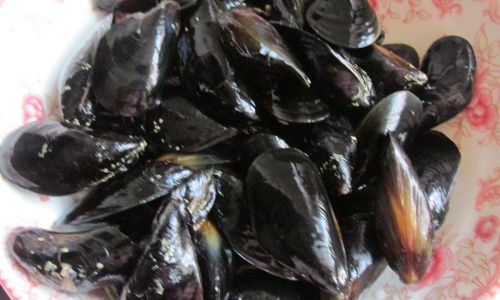
Cultural Significance: A Fusion of East and West
The pairing of mussels with Baijiu exemplifies culinary globalization—a testament to how traditions adapt across borders. In coastal Chinese provinces like Zhejiang, locals have long paired seafood with local spirits, but the use of Baijiu in Western-style preparations is a modern innovation. This dish bridges continents, appealing to adventurous eaters while honoring time-honored techniques.
Troubleshooting Common Pitfalls
- Mussels Not Opening: This often indicates spoilage. Discard any unopened shells post-cooking.
- Overly Bitter Broth: Reduce the Baijiu quantity or opt for a lighter aroma type.
- Sandy Texture: Ensure thorough rinsing and consider soaking wild mussels in salted water.
- Lackluster Flavor: Amplify aromatics (garlic, shallots) or add a splash of fish sauce for umami.
Conclusion: A Dish to Savor and Share
Cooking mussels in Baijiu is more than a recipe—it’s an exploration of contrasts. The spirit’s fiery intensity softens into a mellow sweetness, cradling the mussels’ oceanic freshness. This dish invites conversation, encouraging diners to pause and appreciate the interplay of flavors. Whether hosted at a dinner party or enjoyed as a solitary indulgence, it embodies the joy of cooking: transforming simple ingredients into something extraordinary. So raise your spoon, sip your Baijiu (responsibly, of course), and let this fusion dish transport you to the shores of culinary possibility.
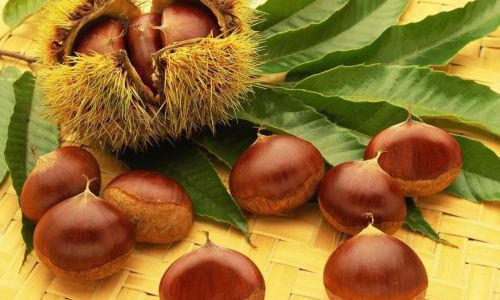
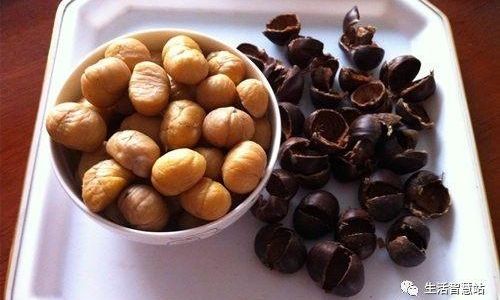
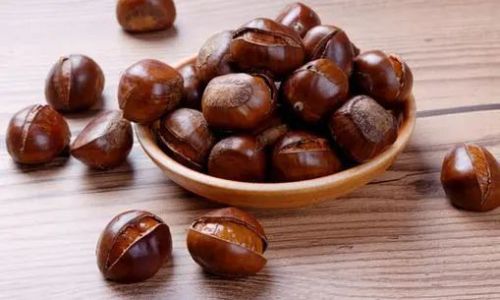
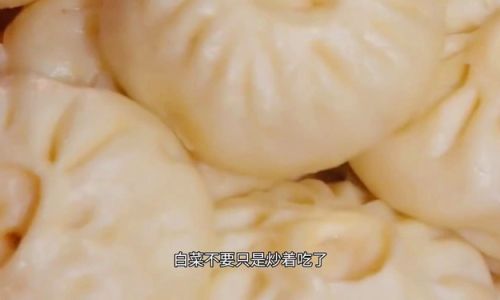
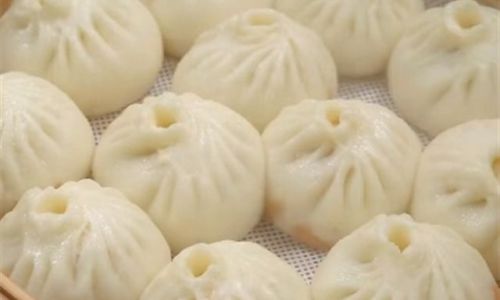
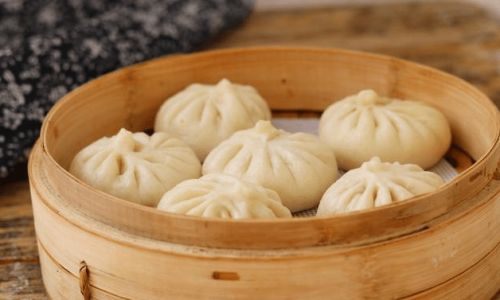
0 comments